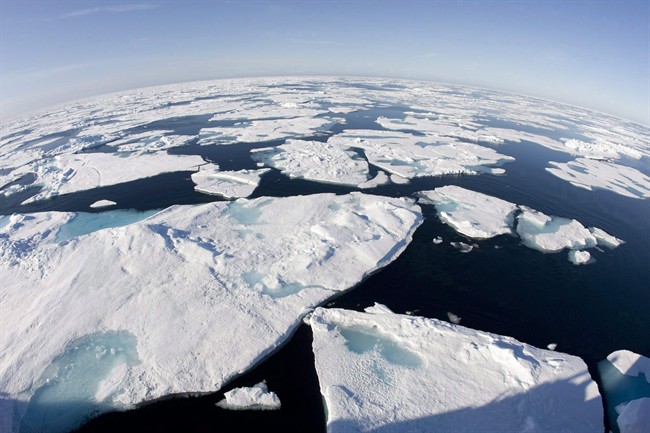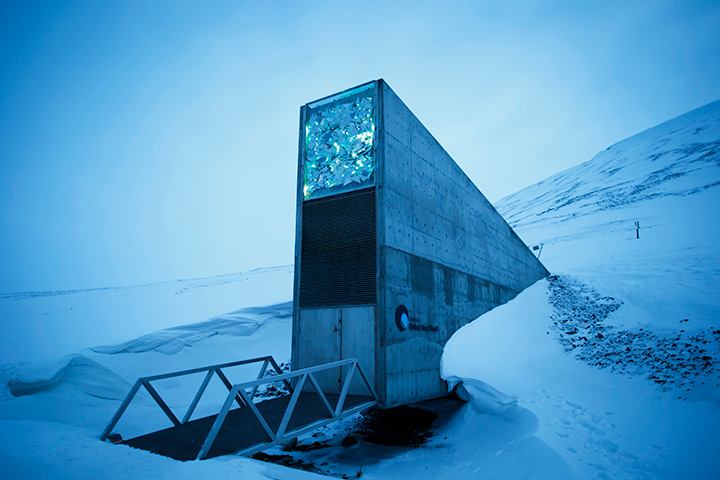The Svalbard Global Seed Vault in northern Norway, also known as the “Doomsday” vault, was built to offer “fail-safe” protection for food products against any disaster.

But the facility’s entrance tunnel was nevertheless breached by water from melting permafrost this week — an event that has staff watching the vault “24 hours a day,” The Guardian reported on Friday.
No seeds were damaged when water melted and penetrated the entrance of the facility, which is partly managed by the Norwegian government and is located on Spitsbergen, an island in the Arctic Circle.
The water subsequently “froze to ice, so it was like a glacier when you went in,” Hege Njaa Aschim, a communications staffer with the Norwegian government, told the U.K. newspaper.
Aschim said it was “not in our plans to think that the permafrost would not be there and that it would experience extreme weather like that.”
READ MORE: ‘Doomsday’ seed vault nears 1M samples: what you need to know about the Arctic bunker
But Cary Fowler, one of the seed vault’s creators, said it’s not unusual for water to breach the facility’s entrance, in an interview with Popular Science.

Get breaking National news
“In my experience, there’s been water intrusion at the front of the tunnel every single year,” he said.
Fowler, who wasn’t present when water penetrated the entrance this time, explained that the facility has a 100-metre-long tunnel that leads to the seed vault itself, where nearly 1 million seeds have been stored at a temperature of -18 degrees Celsius in an effort to safeguard a food supply in the event of a disaster.
“The tunnel was never meant to be watertight at the front, because we didn’t think we would need that,” Fowler said.
“What happens is, in the summer the permafrost melts, and some water comes in, and when it freezes. It doesn’t typically go very far.”
READ MORE: Arctic sea ice melts away to record winter low
The melting nevertheless comes as Arctic sea ice reached its lowest level in 38 years of record-keeping.
At its largest, Arctic sea ice reached an extent of 14.4 million square kilometres this year. It reached about 14.5 million square kilometres in each of 2015 and 2016.
The median figure was 15.6 million square kilometres from 1981 to 2010.

Arctic temperatures this year have been the highest since 1900, when the National Oceanic and Atmospheric Administration (NOAA) started keeping records.
Temperatures were, on average, two degrees warmer than the average between 1981 and 2010, and 3.5 degrees warmer than they were in 1900.
And all of this is happening as the melting of Arctic sea ice has hastened, threatening permafrost beneath roads and buildings from Alaska to Siberia.
READ MORE: Arctic ice melt hastening, could cost world economy trillions: report
Opened in 2008, the Svalbard Global Seed Vault contained 930,821 seed samples as of February, and they’re stored in a way that would allow them to be used for “centuries, or in some cases thousands of years.”
The vault has been built 120 metres into a mountain, in a locale with cold temperatures and permafrost, in an effort to ensure that its storage rooms remain “naturally frozen” in case its electrical system malfunctions.
Seeds stored there include barley, rice, lentil, chickpea and potato.
- With files from Adam Frisk, Reuters and The Canadian Press










Comments